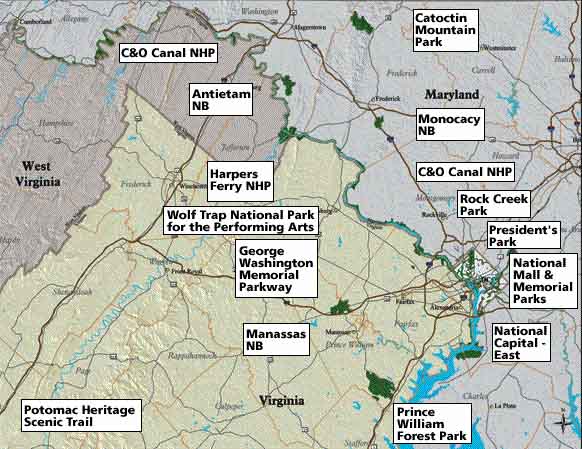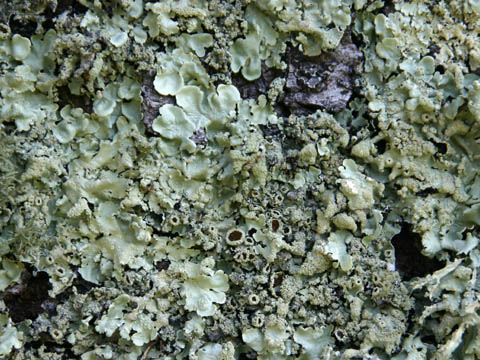|
|
|
|
|
Study methods
|
|
Site
Location
Permanent study sites (presently 102 total) were established in
nine NCR park units: CATO CHOH GWMP HAFE MANA NACE NAMA PRWI ROCR Sites were placed in forested locations where a sample of one
lichen species (Flavoparmelia caperata)
could be obtained for elemental analysis. In CATO and PRWI sites were located within 1 km2 grids. A 20m X 20m quadrat was established at each site and its GPS
location recorded. Site
data (abundance scores)
§ The
sampling protocol was similar to that of McCune et al. (1997) used in the
Forest Health Monitoring Program (complete details of the methods are given
in Tallent-Halsell,1994); the only difference is that a plot of 20m X 20m was
used instead of a circular plot of 36.6 m radius. § Within
each quadrat presence of all corticolous (bark-inhabiting) macrolichen species was recorded; species on dead and down
trees were included. § Terricolous (ground-dwellling)
species and corticolous species below 0.5 m on trees were included as
off-frame information. § Sensitivity to
pollution was assess for species based on a literature survey. § The abundance
of all lichen species was also recorded using abundance scores from McCune et
al. (1997): 1 = rare (< 3 individuals in plot) Sampling
for elemental analysis
A sample of a single lichen (F. caperata) was obtained in each plot for elemental
analysis. This species has been used in several previous biomonitoring
studies done in the NCR. Lichen samples were analyzed for metals (Cd,Cu,Pb,Ni,Cr,Zn, EPA method 3051), total sulfur
(3051 digest), and Hg (EPA method 7471). Seven park units (CATO, CHOH, GWMP, NACE, NAMA, PRWI, ROCR) were sampled in 2004; HAFE and MANA were sampled in
2006. All park units were resampled in 2009. . |
NCR Lichens
Home
Location
of NCR park units
Flavoparmelia caperata used in elemental analyses.
Image © 2006 by Paul Diederich from http://www.lichenology.info. |


